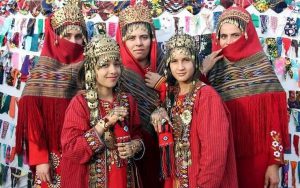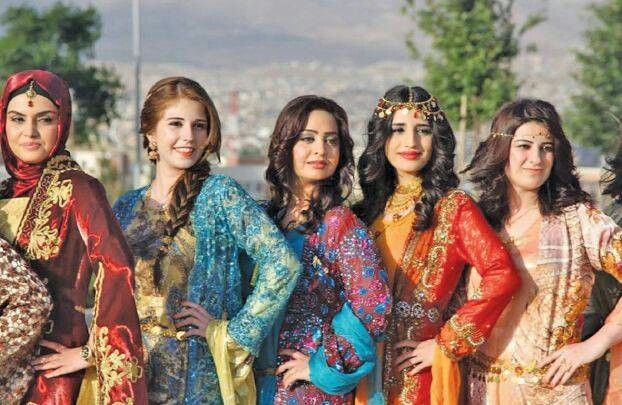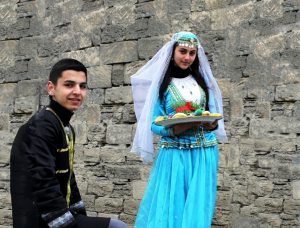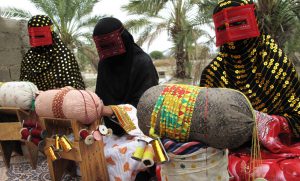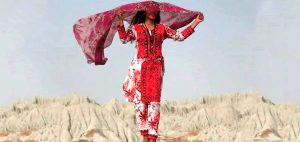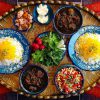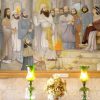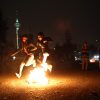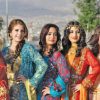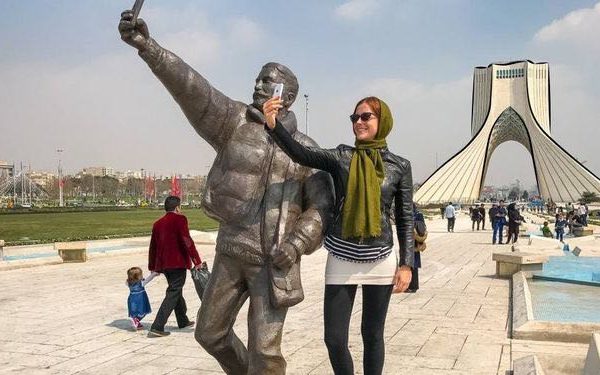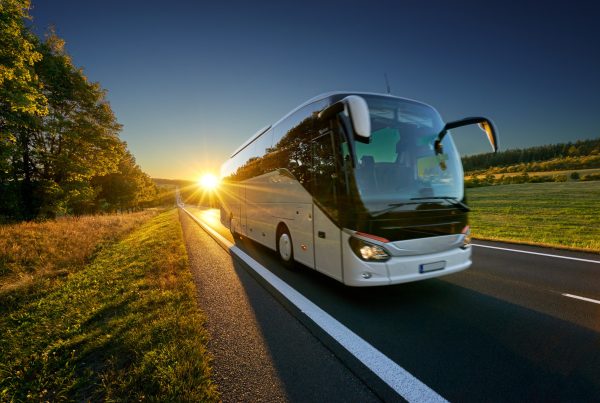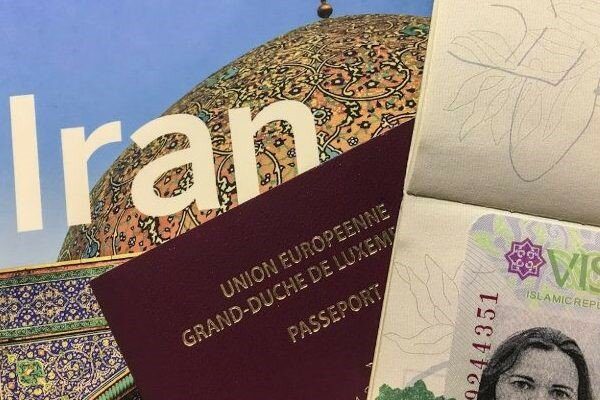Table of Contents
What languages are Spoken in Iran?
Once, many travellers coming to Iran saw nothing but a vast, dry land, covered with expansive stretches of sand deserts. Nowadays, however, tourists who travel to Iran view a totally different face of this country. Thanks to advances made in transportation and media industries, Iran has now turned into a “country of four seasons.”
But, many facts about Iran are still unknown to the visitors of this enchanting wonderland. One of these yet enigmatic facts, which may surprise many, is Iran’s population and all those different ethnicities which shape and form the identity of this ancient country which they have various languages and dialects.
At least before their first visit, many tourists have very vague ideas about the people who are living in Iran. What do you think about Iran’s population? You may reply: well, some people living in a country! But, whenever I think about Iran’s population, the image which pops up in my mind is of an Iranian sash window or door. Have you ever seen them?
If no, imagine a wooden frame holding pieces of beautifully cut, colorful glass. And yes, that’s the truth about Iran’s population: a land holding various people and different ethnicities, each with their own culture, traditions, languages they speak, and ways of living.
So, travelling to Iran to become familiar with this rainbow of different ethnicities, hospitable people, Iranian languages, and cultures is a must. However, you can read our article to get a hint of different ethnicities and Iran languages that exist in Iran.
Ethnic Groups in Iran
Persians or Fars
Persians, most commonly known as Fars people, make the largest ethnic group in Iran. Fars people speak Farsi, the official language of Iran, are Shia Muslims and live in the major cities of Iran.
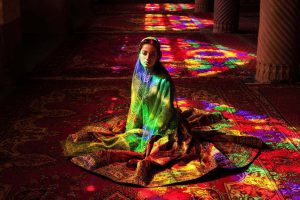
Azarbaijanis or Azeris
The majority of Azarbaijanies or Azeris live in the two provinces of East Azerbaijan and West Azarbijan, located in the northwest of Iran. Azeri people speak a language also called Azeri, a variant of Turkish language, and are Shia Muslims. Also, Azeri people live in Ardabil, Zanjan and a few other cities like Tehran.
Kurds
Kurdish People, or Kurds, live in the provinces of Kurdestan, Kermanshah and also in some cities of Ilam and West Azerbaijan, occupying the western part of Iran. Kurds speak Kurdish and most of them are Sunni Muslims. Rural Kurds used to be nomad pastoralists.
Also, we have to mention that a Kurdish tribe, known as Kumanji, lives in North khorasan, on the northeast of Iran.
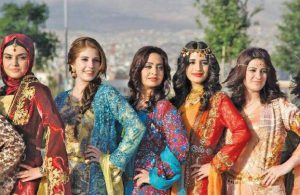 Lors or Lurs
Lors or Lurs
Most Lors or Lurs inhabit Lorestan, Kuh-Gilou-Boir Ahmad and Chaharmahal and Bakhtiari provinces. However, a large group of them are scattered in such provinces as: Isfahan, Fars, Khuzestan and Bushehr. Lurs speak Luri language and are Shia Muslims.
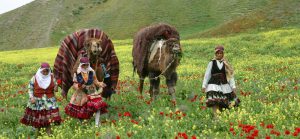
Mazandarani and Gilaki
Mazandaranis or Mazanis and Gilaks are the ethnic groups which occupy the northern provinces of Iran, respectively Mazandaran and Gilan. These two groups speak Mazani and Gilaki languages and are Shia Muslims. Farming and fishing are two major jobs in these two provinces.
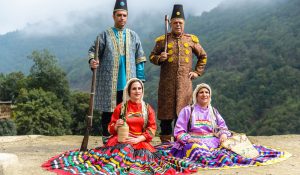
Arabs
Arabs live in the provinces of Khuzestan, Hormozgan and Bushehr. Also, a number of them inhabit the islands of Persian Gulf. Arabs, as their name indicates, speak Arabic and most of them are Shia Muslims.
Baluchs
Baluchs are the inhabitants of Sistan and Baluchestan province, on the southeast of Iran. They speak Baluchi language and most of them are Sunni Muslims. The most important Baluch tribes are: Barahooyi, Naroyee, Shahbakhsh and Riggi.
Turkman
Turkmans live in the Golestan province and also in northern part of North Khorasan Province. They are mostly Muslims and speak a variant of Turkic language, spoken in the Republic of Turkmenistan.
There are also two other ethnic groups living in Iran: Talysh people (also called Talishi, taleshi or Talyshi) and Tats. The first group live in the provinces of Gilan and Azarbaijan and the second group occupy the slopes of Alborz Mountain and the southern part of Qazvin Province.
The religious minorities living in Iran include: Armenians. Jews, Georgians, Assyrians, Mandaeans and Circassians.
